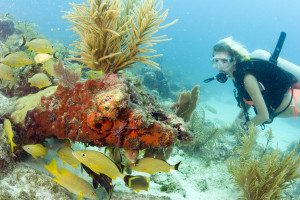The U.S. National Park system is arguably one of the greatest collections of preserved space the world has ever seen. From snow-capped glacial peaks to meandering coastal shorelines, some of the United States’ most awe-inspiring natural sights are found within the national parks. That being said, utter the phrase “national park” and most people will only be able to cough up a few of the usual suspects: Yellowstone, Yosemite, Grand Canyon. In 2010, the most visited national park in the United States was Great Smoky Mountains National Park with an astounding 9.4 million visitors.
While parks such as Yellowstone are undisputed highlights, this list should shed some light on 8 of the lesser known national parks well worth the cost of admission.
Kenai Fjords, Alaska
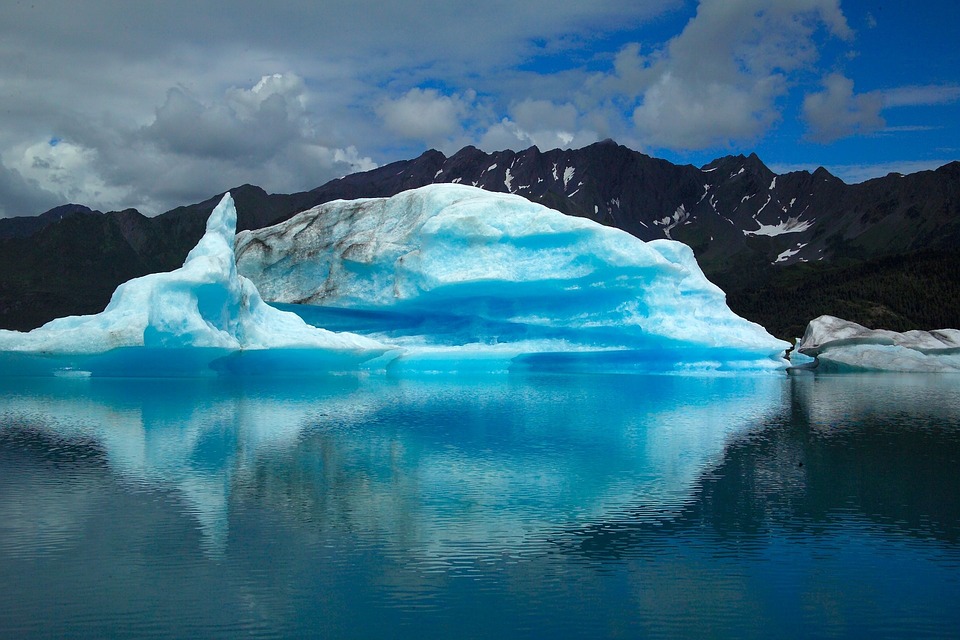
2010 visitors: 297,000 – Alaska boasts the largest number of national parks of any state in the union, and given the scenery of places such as Kenai Fjords National Park it’s no secret why. While all of Alaska’s 8 national parks exist somewhat in the shadow of the more popular Denali National Park, each are unique for their own respective landscapes and wildlife. In Kenai Fjords, retreating glaciers such as Aialik and Holbrook calve powerfully into the sea as pods of orca, humpbacks, and minke whales gorge themselves on the nutrient rich waters. Further inland, it’s possible to hike directly to the base of Exit Glacier and climb a steep, switchbacking trail for a view over the expansive Harding Icefield.
Joshua Tree, California
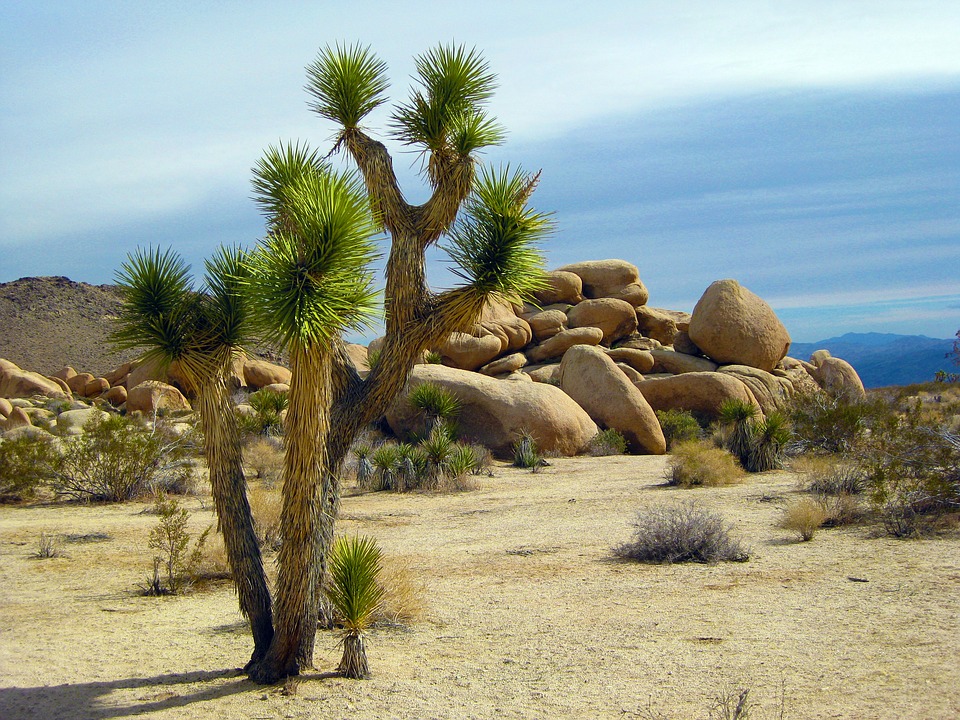
2010 visitors: 1.4 million – Los Angeles was once desert before it became Hollywood and high rises, and in no place is that landscape more perfectly preserved than in Joshua Tree National Park. Two hours east of the booming metropolis, the most overwhelming noise found inside of the park is that of complete and total silence. Amongst the calm, the furry-looking Joshua trees that give the park its name rise from the rock desert and boulders. A renowned playground for rock climbers and hikers, a great hike is to watch the sunrise from the summit of Ryan Mountain, where if you’re lucky you can find a big horn ram silhouetted against the dimly lit desert sky.
Guadelupe Mountains, Texas
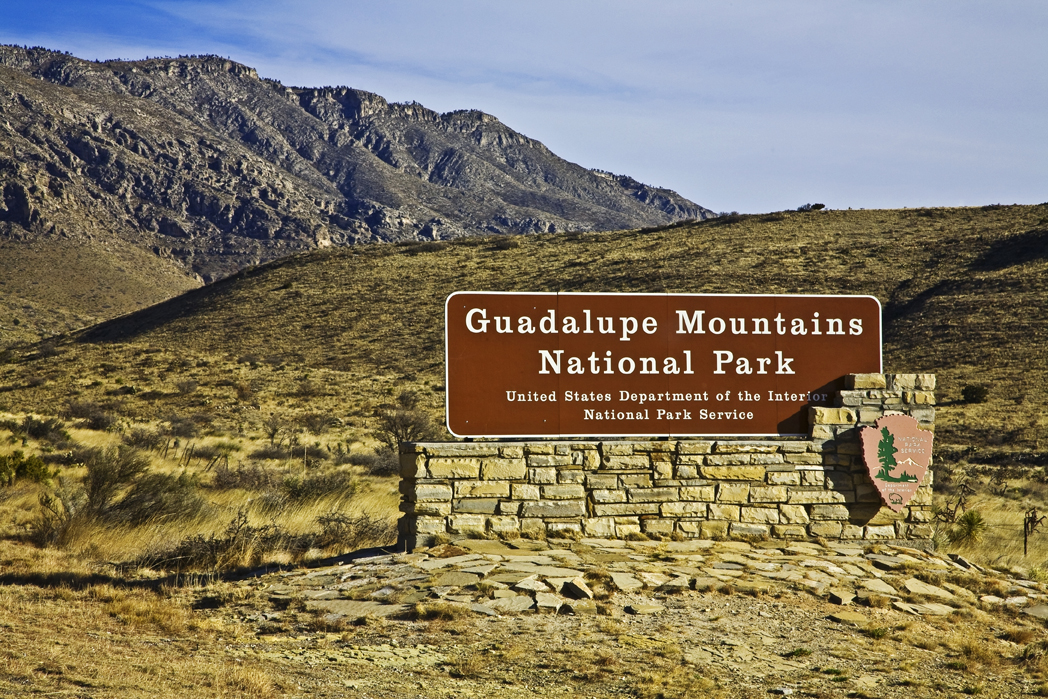
2010 visitors: 192,000 – Another empty desert retreat, Guadelupe Mountains National Park sits quietly tucked in the far western corner of Texas, 110 miles from the city of El Paso and a world away from the more crowded Big Bend National Park. Here in the Guadelupe Mountains, the desert climate yields nearly year-round sunshine, and the 80 miles of hiking trails provide ample opportunity to catch a glimpse of desert wildlife such as coyote, mule deer, or black-tailed jackrabbits. For those feeling fit, one of the park’s most popular activities is to tackle the trail to “the top of Texas”, and stand atop 8,749 ft. Guadelupe Peak, the highest point in the entire state.
Haleakala, Hawaii
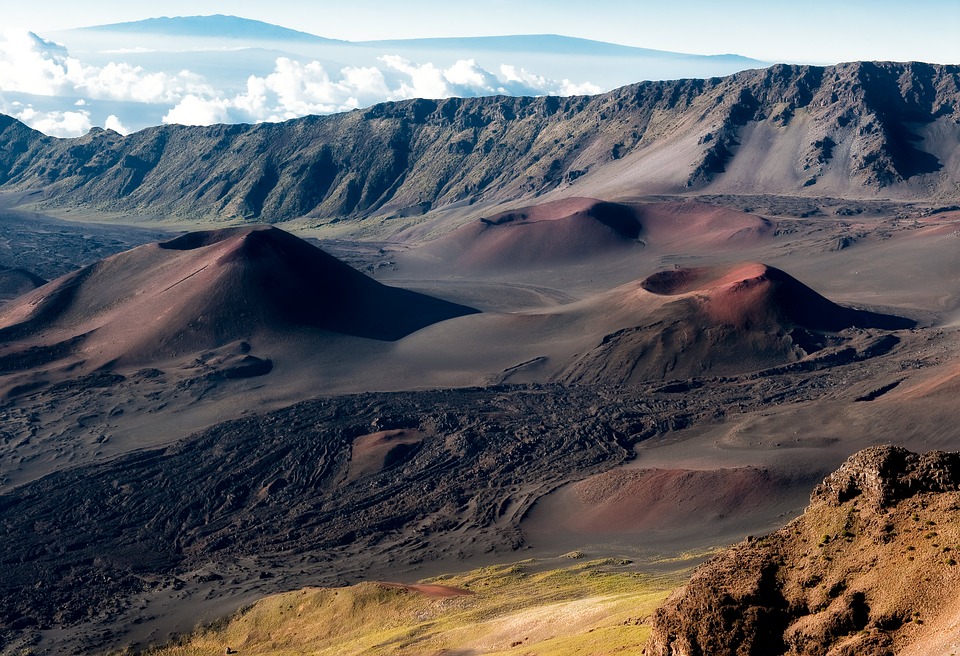
2010 visitors: 1.1 million – While many visitors to Hawaii make a journey to see active Kilauea volcano in the Big Island’s Hawaii Volcanoes National Park, dormant Haleakala volcano on the neighboring island of Maui is home to Hawaii’s “other” national park. Home to one of the most diverse and sensitive ecosystems on the planet, Haleakala National Park stretches from its 10,023 ft. summit all the way down to the waterfall-lined seashore. Up on the mountain, catch the sunrise from the summit overlook and then descend for a day hike into the high altitude moonscape of the crater floor below.
Those wanting to truly explore the crater floor can camp at one of two backcountry campgrounds or book a night at one of three backcountry cabins. Lucky visitors might happen across a flock of endangered nene geese–the unofficial stewards of this park and the official state bird. Down on the coast, visitors can cool off in the pools of Oheo Gulch or tackle a two mile hike through a dense bamboo forest to the base of 400 ft. Waimoku Falls.
Virgin Islands, U.S.V.I.
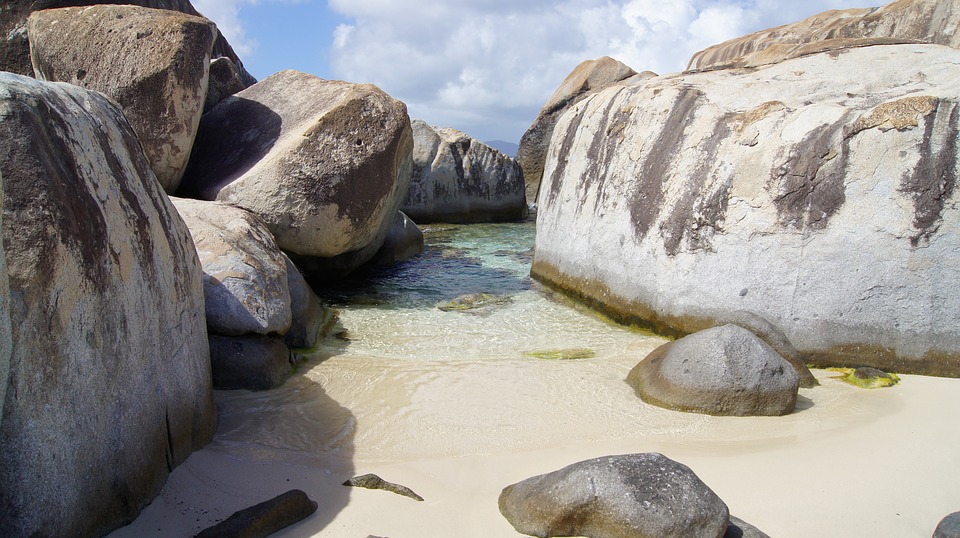
2010 visitors: 493,000 – One of two national parks in a United States territory, Virgin Islands National Park is a literal tropical paradise set mostly on the island of St John. Though numerous visitors annually pay a visit to beaches such as Cinnamon Bay and Trunk Bay, many are surprised to find out that these golden shores are actually a U.S. national park. Aside from the teeming underwater reefs and lazy iguanas lounging in treetops, the park possesses the rich cultural heritage of the native Taino people, whose rock art and various remains lay scattered throughout the park.
North Cascades, Washington

2010 visitors: 24,000 – Perhaps America’s most underrated park, North Cascades National Park in Washington encompasses a terrain and level of biodiversity found nowhere else in the nation. Largely accessible only in the summer months, North Cascades possesses over 300 glaciers (the most of any park in the country), and is home to land mammals such as elk, grizzly bears, mountain lions, and the elusive gray wolf. For anyone truly wanting to get away from it all, take a boat over tranquil Lake Chelan to the outpost community of Stehekin, an area inaccessible by road and impermeable to cell phone reception that is tucked far back in the dramatic mountains that ring this outstanding park.
Petrified Forest, Arizona
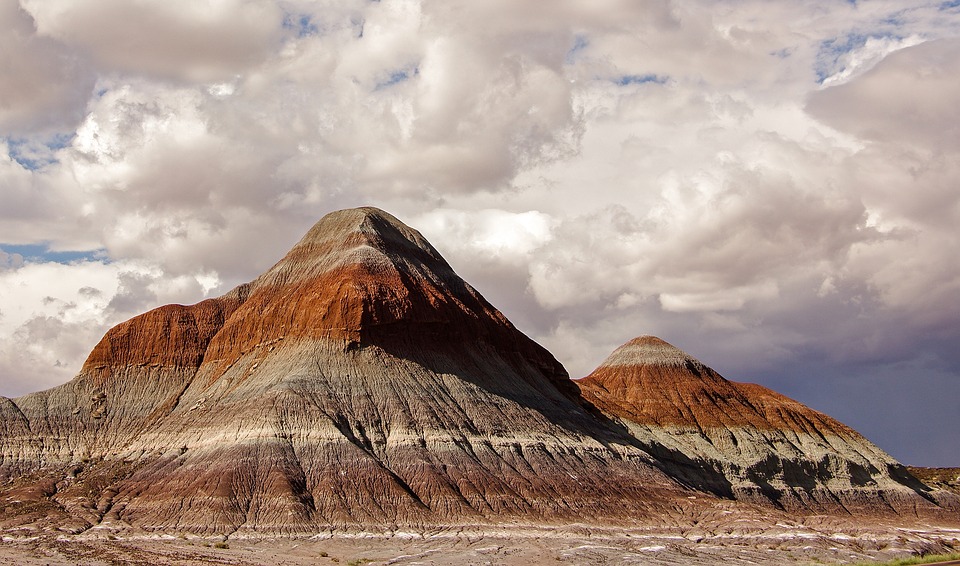
2010 visitors: 664,000 – Easily accessible off of Arizona‘s stretch of Interstate 40, Petrified Forest National Park sits somewhat forgotten in the heart of the Southwest’s Navajo country. Exceptionally rich in cultural artifacts and fossilized natural history, time—like everything else in the park—seems to stand completely still. For hikers, massive petrified logs rest calmly at the base of desert rock formations, skirting past ancient Native American dwellings and artifacts literally frozen in time. Those wanting to learn more about the rich Native American heritage of the region can attend any number of cultural exhibitions by tribes such as the Navajo, Zuni, and Hopi Indians that have historically called this wide-open desert home.
Channel Islands, California
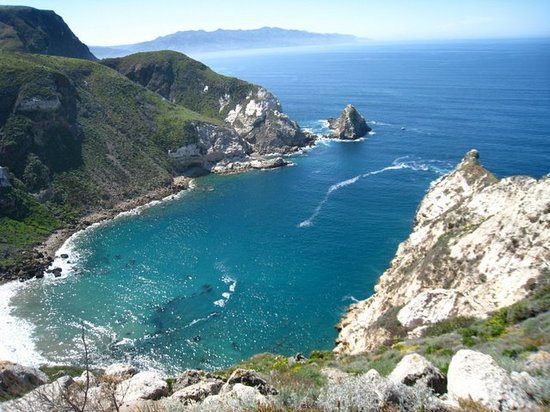
2010 visitors: 277,000 – Scuba diving in Los Angeles? It’s not as strange a notion as you may think. Located just offshore of southern California’s sprawling concrete jungle, Channel Islands National Park is a little-visited corner of nature set astonishingly close to millions of residents who have never paid it a visit. While many visitors annually take to the waters off of the park in hopes of glimpsing a migrating gray whale or to dive the legendary kelp beds beneath the chilly waters, few visitors actually venture ashore one of the park’s five accessible islands to tackle the coastal trails or learn of the island’s little-known cultural history.





